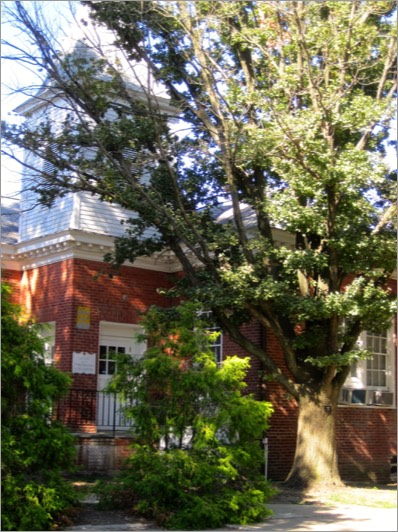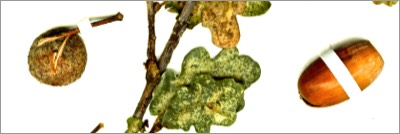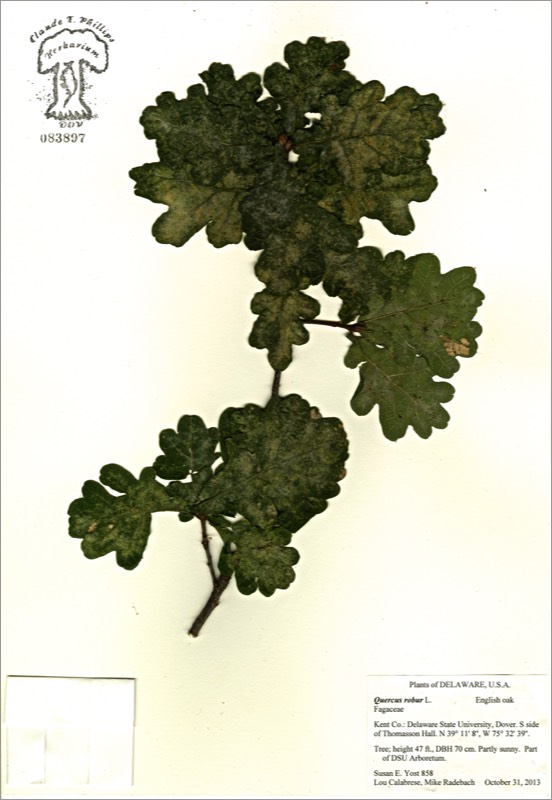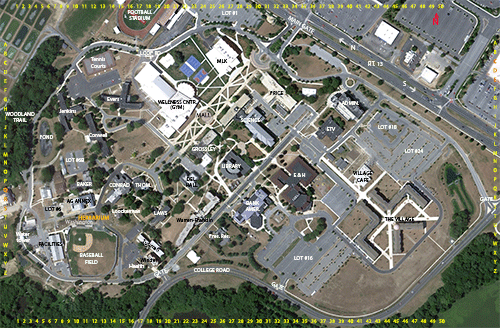*Quercus robur


*Quercus robur
ENGLISH OAK
Fagaceae
Eurasia, N. Africa
Location: map coordinates Q-18 (south side of Thomasson Building), N 39°11'8'' W 75°32'39''
Planting history: presently unknown. DIED 2015 (possibly related to recent very dry, hot summers. Removed from total tree count)
Description:
*Non-native species (not native to Delaware)
ENGLISH OAK
Fagaceae
Eurasia, N. Africa
Location: map coordinates Q-18 (south side of Thomasson Building), N 39°11'8'' W 75°32'39''
Planting history: presently unknown. DIED 2015 (possibly related to recent very dry, hot summers. Removed from total tree count)
Description:
- tall deciduous tree
- etymology: Quercus = the Latin name; robur = Latin name for the oak and its wood; robust
- leaves simple, alternate, relatively small; with 7-11 lobes
- monoecious (separate male and female flowers on same tree); flowers tiny; male flowers in drooping catkins, female flowers inconspicuous
- fruit is an acorn (develops from ovary of female flower)
- in the “white oak group”: leaf lobes rounded; acorn matures in 1 year, often relatively sweet and edible
- end buds clustered (typical of oaks)
- wood used for boats, furniture, wine casks
- native to Britain, and also Iceland, W. Europe, Asia Minor; long-lived
*Non-native species (not native to Delaware)


HIT REFRESH TO START LOCATION GRAPHIC